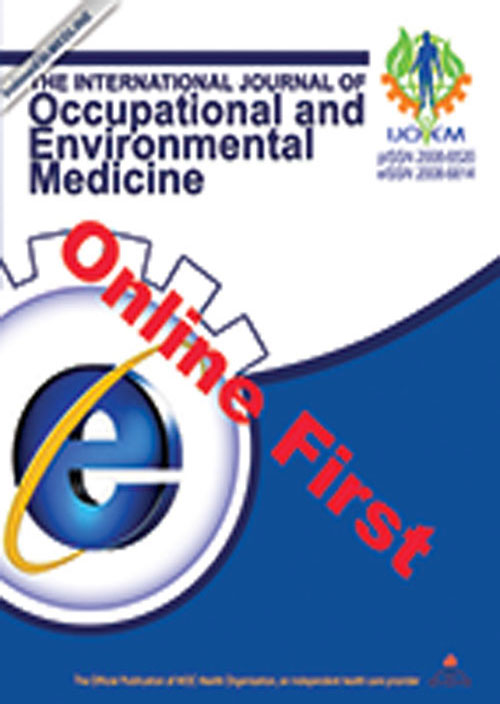Occupational Exposure to Blood and Body Fluids and Knowledge of HIV PostExposure Prophylaxis among Medical and Allied Health Students in Northern Nigeria
Clinical students are at increased risk of exposure to blood-borne pathogens. However, little has been documented about their exposure to blood and body fluids and their knowledge of post-exposure prophylaxis (PEP) in high-HIV burden settings, such as Nigeria.
To determine the prevalence and predictors of BBF exposure and knowledge about PEP among medical and allied health students in northern Nigeria.
In a cross-sectional study, 273 clinical students were asked to complete structured questionnaires. The prevalence of BBF exposure was determined. Binary logistic regression was used to determine the independent predictors of BBF exposure.
The majority of the respondents (98.2%) had heard about PEP; 26.0% (n=71) had adequate knowledge about PEP. 76 (27.8%) of the 273 respondents reported accidental exposure to HIV. 230 (84.2%) respondents had positive attitude toward HIV PEP. Of those who had had accidental exposure to HIV (n=76), only 13% (n=10) received PEP. The level of knowledge about PEP was predicted by previous training (aOR 0.43, 95% CI 0.23 to 0.80 [“no” vs “yes”]), year of training (aOR 4.10, 95% CI 1.60 to 10.47 [6th vs 4th year]), course of study (aOR 4.69, 95% CI 2.06 to 10.68 [“allied health” vs “clinical medicine”]) and religion (aOR 5.39, 95% CI 1.40 to 20.71 [“non-Muslim” vs “Muslim”]). Similarly, accidental exposure was independently predicted by respondents’ sex (aOR 2.55, 95% CI1.36 to 4.75 [“female” vs “male”]), age (aOR 2.54, 95% CI 1.06 to 6.15 [“25–29” vs “20–24” years]), ethnicity (aOR 2.15, 95% CI1.10 to 5.14 [“others” vs “Hausa/Fulani”]), course of study (aOR 0.06, 95% CI 0.01 to 0.38 [“allied health” vs “clinical medicine”]), and previous PEP training (aOR 0.39, 95% CI 0.20 to 0.78 [“no” vs “yes”]).
One in four clinical students reported exposure to BBF. Most students expressed a positive attitude toward PEP, but knowledge and uptake of PEP was sub-optimal. We recommend strengthening training curricula for infection control and prevention and enhancing protocols for timely post-exposure evaluation and follow up for all exposure incidents.
- حق عضویت دریافتی صرف حمایت از نشریات عضو و نگهداری، تکمیل و توسعه مگیران میشود.
- پرداخت حق اشتراک و دانلود مقالات اجازه بازنشر آن در سایر رسانههای چاپی و دیجیتال را به کاربر نمیدهد.


